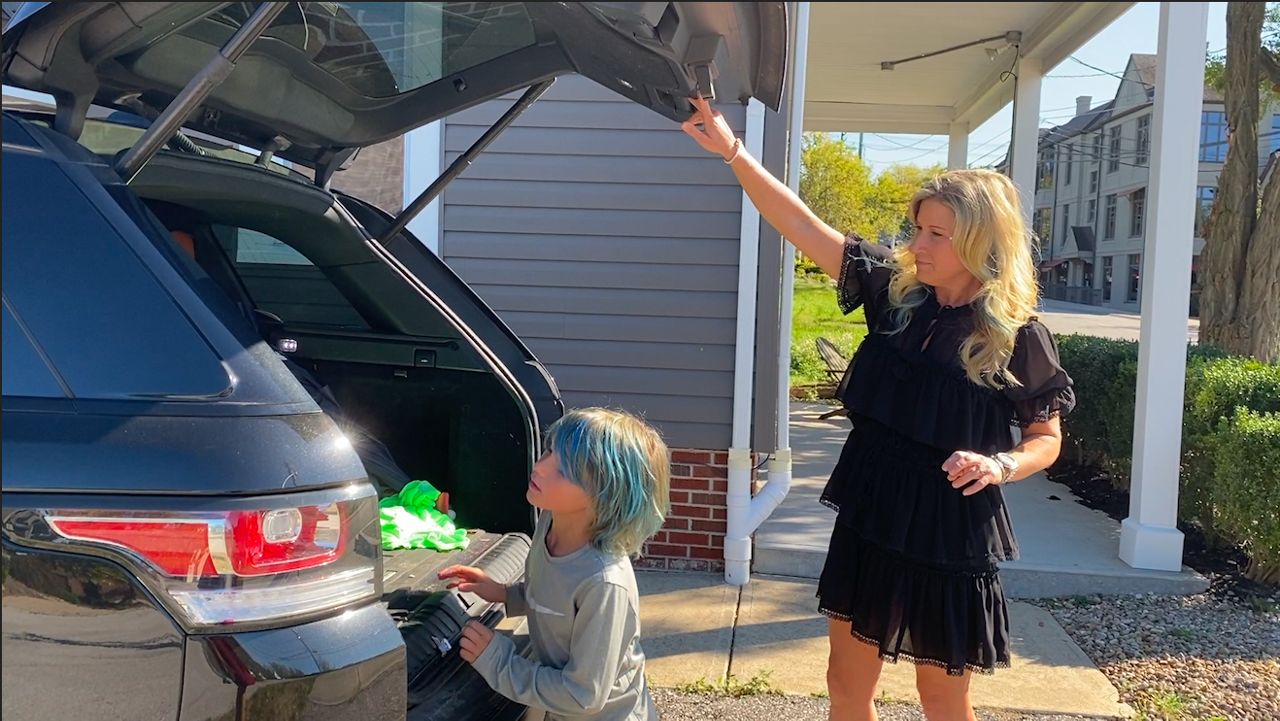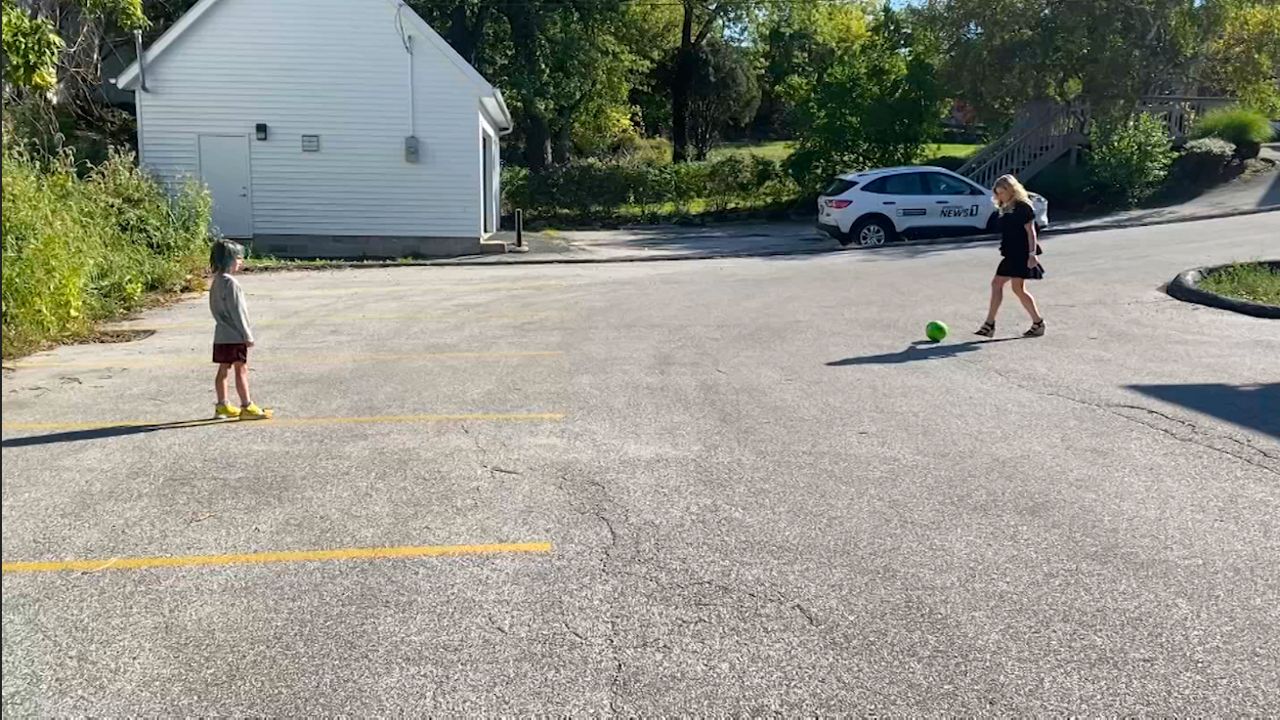CLEVELAND — As a working mom, Danielle Folliett-Munk knows all too well the struggles of child care.
"Two days a week, I'm forced to work from home because I don't have an option for him. So at 2:45 p.m. on two days a week, I have to be home to get him," said Danielle Folliett-Munk, the COO of Global Healthcare Services.
Folliett-Munk said she's fortunate in the sense that she has her own business and can make her own schedule, but if she didn't, she wouldn't be able to maintain hours.
"I would have to cut back my hours. That would be the only solution to that problem," said Folliett-Munk.
It's something she has seen her friends face, especially during the pandemic when many parents had to take on schooling for their kids too.
"When COVID hit, they went home. They had to take care of their children. They had to teach their children. And as they're trying to re-enter the workforce, they're unable to find quality affordable child care," Folliett-Munk.
She also sees it every day in her job as a recruiter in health care. She said placing nurses for jobs is hard because of a lack of child care.
"I work with several local rural hospitals. They have nothing. So they are literally relying on their family members or in-home care. It's just not available enough," Folliett-Munk.
Wednesday during a virtual forum hosted by the Hunt Institute, businesses and government leaders discussed how the costs of child care impact the workforce. They said many parents, especially women, are having to quit their jobs in order to take care of their children.
"It's been said that it's up to $10,000 per year is what people are paying in child care costs and for single parents. That's sometimes 34% of what they make. That's just not a realistic option for most," Folliett-Munk.

Ohio Chamber of Commerce president Steve Stivers said it's a conversation that needs to be had.
"In Ohio and nationally, it's something that we need to care about and pay attention to because as we think about growing our workforce, we need to start to make sure that there's day care there so that both parents that want to go to work can actually go to work," said Stivers.
Folliett-Munk said the conversation needs to continue with more people speaking up.

"Be loud. Contact your local officials on both the state, the local and the federal level, and let them know that this is actually an issue and it's becoming a crisis," said Folliett-Munk.
Gov. Mike DeWine was not in attendance, but did send a video message. The governor called access to child care vitally important to our economy.
